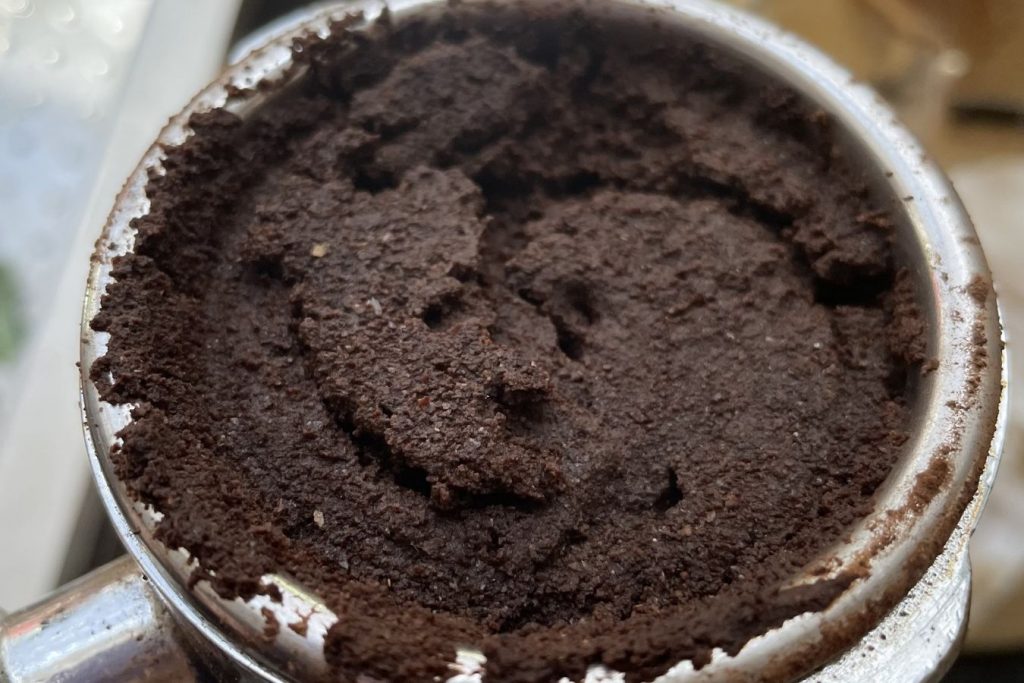Channeling – Channels to save leads. When talking about Espresso coffee, many professionals in the coffee industry use the term “channeling,” which means “preserving channels” or “separating channels.” We strive to avoid it, but it can be challenging unless you know where the problem originates.
So, let’s look at what it is, why it is so horrible, how to recognize it, and, most importantly, how to prevent it.
What is the definition of channeling?
In a nutshell, this occurs when the water from the espresso machine finds a narrow path, or circuit, through the coffee grounds rather than flowing uniformly through the entire mass.
Under high flow pressure, the water concentrates on following the available “channels” and takes up too many needless flavors while leaving a lot of flavors in the channels, causing a slew of issues—other places, causing the extract to lose its natural equilibrium.
Learn about channeling
How can you tell if you have a channel issue? To begin, you’ll almost certainly need to employ a bottomless filter (naked-portafilter or Bottomless Portafilters).
There are a few markings to check for, and the quickest way to find them is to look under the filter basket. You’re experiencing channeling if the initial drips of Espresso come out in certain spots but leave empty spaces in others. As a result, expect coffee drips to flow in a single stream from the basket’s edge to the center, leaving no holes.
What’s the problem, and how can it be fixed?
What can we do to reduce or eliminate threading now that we know how to see it? The first step is to ensure using a “correct” espresso formula. Because of the significant drag created by denser parts of the coffee bed, working with too finely ground coffee can sometimes increase the drain rate. You may avoid making matters worse with channeling by ensuring that each Espresso shot is pulled in a ratio of 1:1 to 1:2.5 and 20-35 seconds.
Finally, and most crucially, due to uneven coffee distribution in the portafilter or unevenly ground coffee. This topic deserves its article to explain everything involved. You may view the technical alterations when making Espresso understand the implications and fix them.

